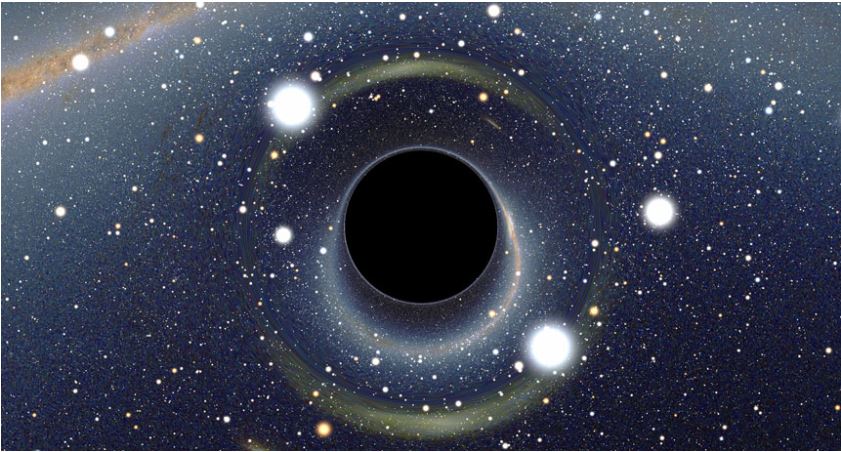Dark matter is one of the universe’s most puzzling mysteries, making up about 85% of the total matter in the Universe. Despite its ubiquity, it doesn’t emit, absorb, or reflect light, eluding most methods of direct observation. Our understanding of dark matter stems primarily from its gravitational effects on visible cosmic structures, such as galaxies and galaxy clusters. Gravitational waves, ripples in spacetime produced by massive astronomical events, offer a novel avenue to probe the nature of dark matter.
While the most common sources of gravitational waves identified so far involve black holes or neutron stars, certain theoretical models suggest that specific dark matter candidates, such as primordial black holes, could serve as sources of gravitational waves. Other potential forms of dark matter include types of particles, e.g. WIMPs or axions, which may affect the dynamics of compact-objects and leave a signature on their gravitational waves. The most well-known dark matter model assumes almost no interaction, except gravity, with any particle. However, some dark matter models allows interactions with themselves. Because of these interactions, this “mirror” matter may be able to clump together and form exotic objects, such as mirror neutron stars, which would act as a source of gravitational waves.

Related Group Work:
- Searches for Exotic Compact Objects https://journals.aps.org/prd/abstract/10.1103/PhysRevD.106.023024 https://journals.aps.org/prl/abstract/10.1103/PhysRevLett.126.021103
